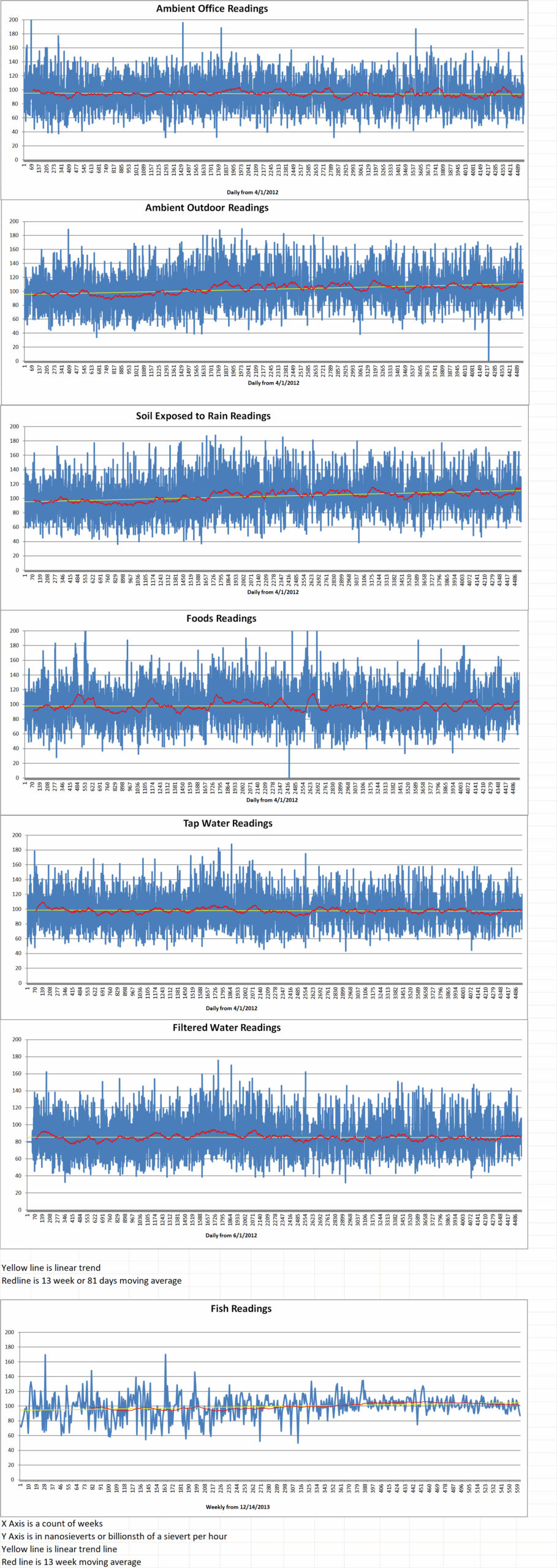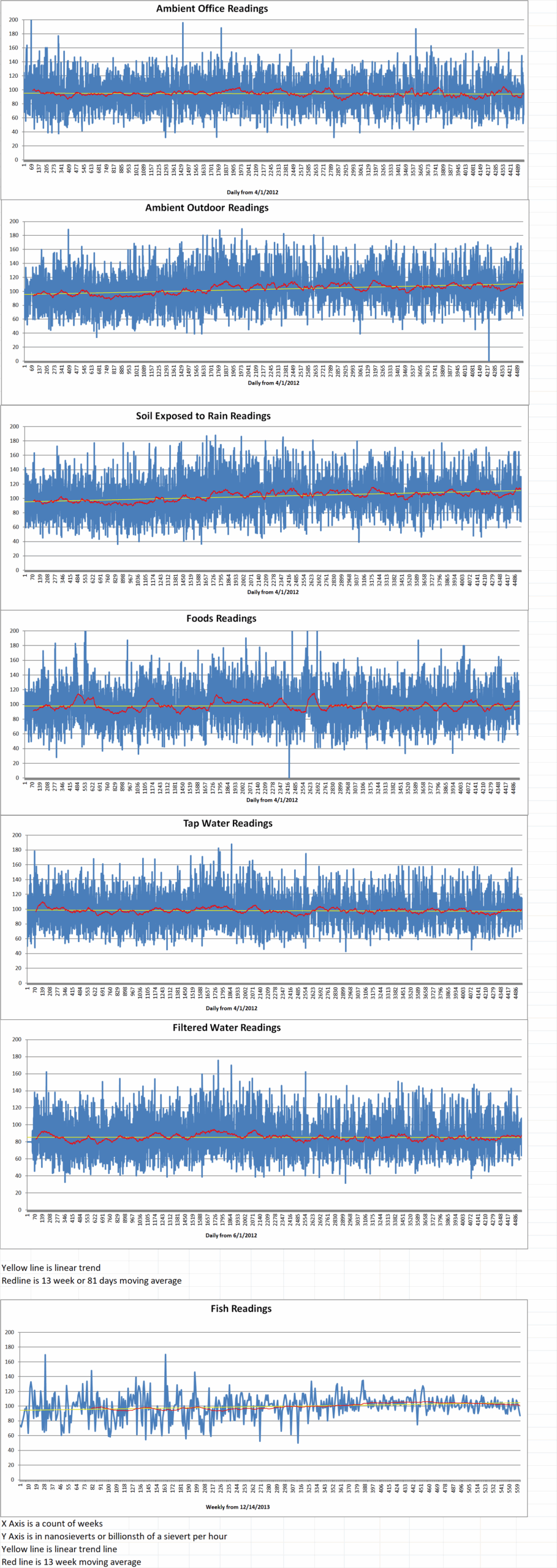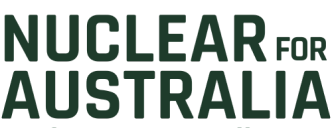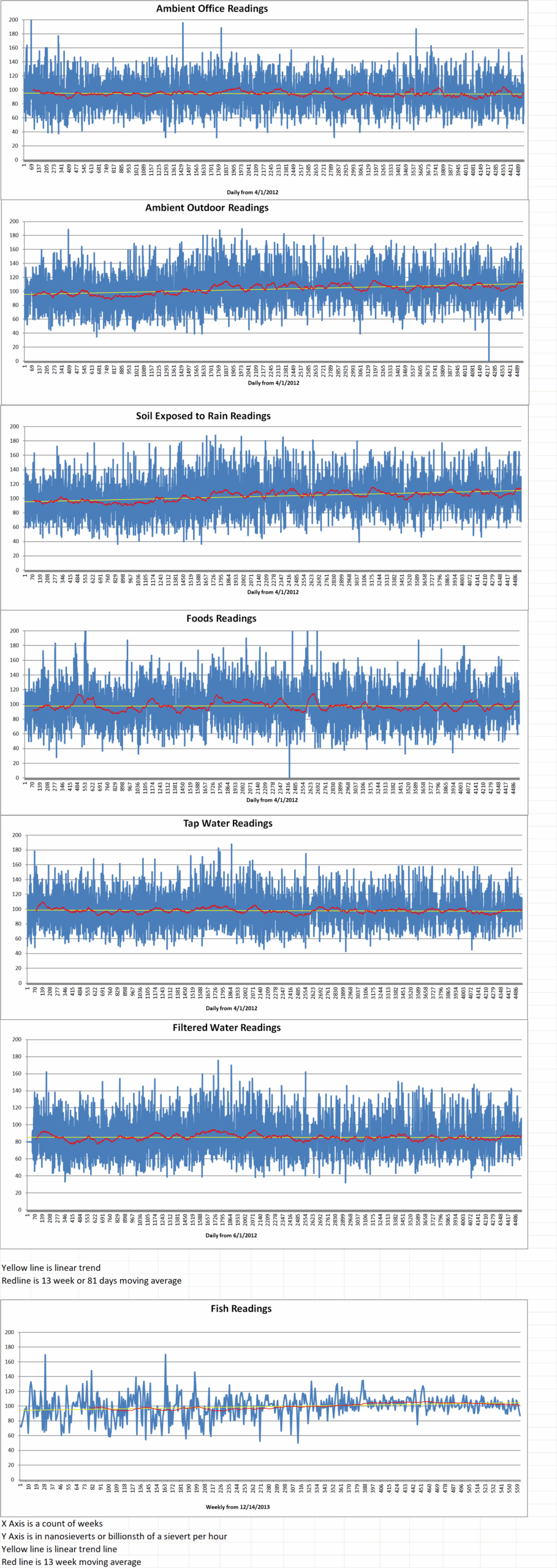A research team led by GE Hitachi Nuclear has successfully tested an innovative new building block made of steel-concrete composite that is purported to significantly reduce the cost of building nuclear reactor containment structures.
In 2021, the U.S. Department of Energy’s National Reactor Innovation Center (NRIC) awarded a cost-shared, multi-year project to GE Hitachi Nuclear Energy (GEH) and other stakeholders for the first project of the Advanced Construction Technology Initiative (ACTI). The purpose of this cost-shared public-private partnership is to help demonstrate several technologies that, when combined, could reduce the construction costs of building new reactors by more than ten percent and significantly lower the scheduling risks and uncertainties associated with constructing them.
As part of the initiative, GEH is working on the development of its Diaphragm Plate Steel Composite (DPSC), a modular steel-concrete composite. The DPSC design has several advantages over conventional steel concrete composite techniques, such as reinforcing concrete with two continuous steel plates connected using adjoining plates with circular concrete flow holes.
The design of the composite features reinforced concrete with two continuous steel plates, allowing for enhanced durability and flexibility. These modules can be manufactured off-site, shipped, and assembled quickly, significantly reducing labor costs and construction timelines. The modules are connected to form structural walls, floors, or mat foundation sections. DPSC test samples were recently tested at Purdue University’s Bowen Laboratory in Lafayette, Indiana.
The modules can also be manufactured to have different plate material on either side of a wall to improve meeting certain corrosion requirements in nuclear power plants.
Researchers filled the modular plates with concrete to simulate a reactor containment wall. They subjected the structure to various loading conditions to mimic real-life situations that a reactor building might experience, such as an earthquake.
Luke Voss is the program manager at the Idaho National Laboratory. He said, “The DPSC system tests at Purdue exceeded our expectations. We are very excited and enthusiastic about the use of this construction technology to help save time and money in the deployment of new nuclear reactors.”
Sean Sexstone is the Executive Vice President, Advanced Nuclear, GE Hitachi. He commented, “The successful design, fabrication and testing of DPSC modules demonstrates the potential of this advanced fabrication and construction technology to lead to cost savings and improved project schedules in the deployment of small modular reactors.”
The data collected during the demonstration will be utilized to support licensing of the modules for use in future reactor containment construction.
The National Reactor Innovation Center is currently reviewing a proposal from GEH to construct a portion of a reactor containment building using the DPSC design for the walling system to further test the technology. The demonstration would also create a digital twin of the civil structure and utilize non-destructive evaluation techniques that were developed in Phase 1 of the project.
GEH intends to implement this technology in its first four BWXR-300 small modular reactors in Darlington, Ontario, Canada. A construction license was granted to Ontario Power Generation earlier this month for this purpose.
National Reactor Innovation Center







